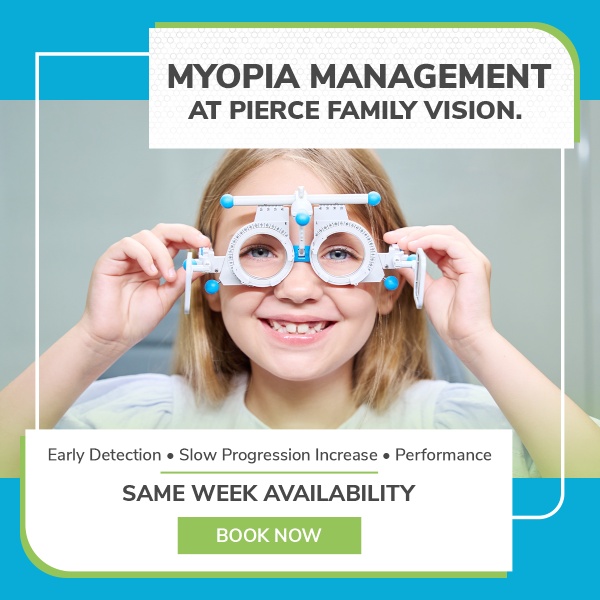A lot has changed in my 37 year career in optometry but the subjective refraction (otherwise known as the dreaded “Which is better 1 or 2?”) remains virtually unchanged. So why, with all of our sophisticated equipment, do we still go through this? We do hear you all groan as we pull over the phoropter that holds the lenses, so I will explain.
The autorefractor that we use in the pretest (or the Spot screener with the spinning lights for infants) gives a decent estimate of your prescription but it needs to be fine tuned using your input if at all possible. After all, you want your glasses to be as clear as we can make them, right?
I will try to give a few tips to make it easier the next time you are in for your full eye exam. I usually start by asking you to keep blinking normally through the prescription check. If you don’t, your eyes can dry out and you can get intermittent blur from an unstable tear film.
Each optometrist has a slightly different technique but we will all show two lenses and ask which one is clearer, meaning which lens makes the letters easier to identify. Try to ignore the brightness of the background or the thickness of the letters and just concentrate on the one or two letters which are most difficult to make out. You will find that some choices are obvious and some are virtually identical. Telling us that they look the same is a valid answer and is often the end point that we are looking for.
We sometimes make things double and blur both lines of letters near the end of the refraction for our younger patients. This is called balancing the refraction and tries to avoid one lens being too strong or weak compared to the other. When the two images are about the same in blurriness then we make it back into one and clear up both eyes together.
When we are done with the refraction, that is still not your final prescription. We then use our years of experience to design your final prescription, taking into consideration your old prescription, the unique visual requirements of your job and hobbies, and even the type and location of the screens that you use. Sometimes one pair of glasses will do for everything but sometimes dedicated computer glasses or prescription sunglasses may be suggested to you. Contact lenses may also be discussed and some lucky people don’t need vision correction at all!
So as important as all our technology is, your optometrist is always looking at you as a whole, not just a pair of eyeballs. All of our ocular health scans require interpretation for you as well, so that you understand what we are checking for. We are always happy to help our patients navigate the ever more complicated health care system when we need to refer to an ophthalmologist.
So AI can’t do it all, right? We will always keep the personal touch in all of our eye exams at Pierce Family Vision as that is what is in the best interest of you, our wonderful patients. So thanks for trusting us with your eyes and vision. We really do want you to have the clearest vision and the healthiest eyes possible!
Dr. Patti Ellison and all the optometrists at Pierce Family Vision



